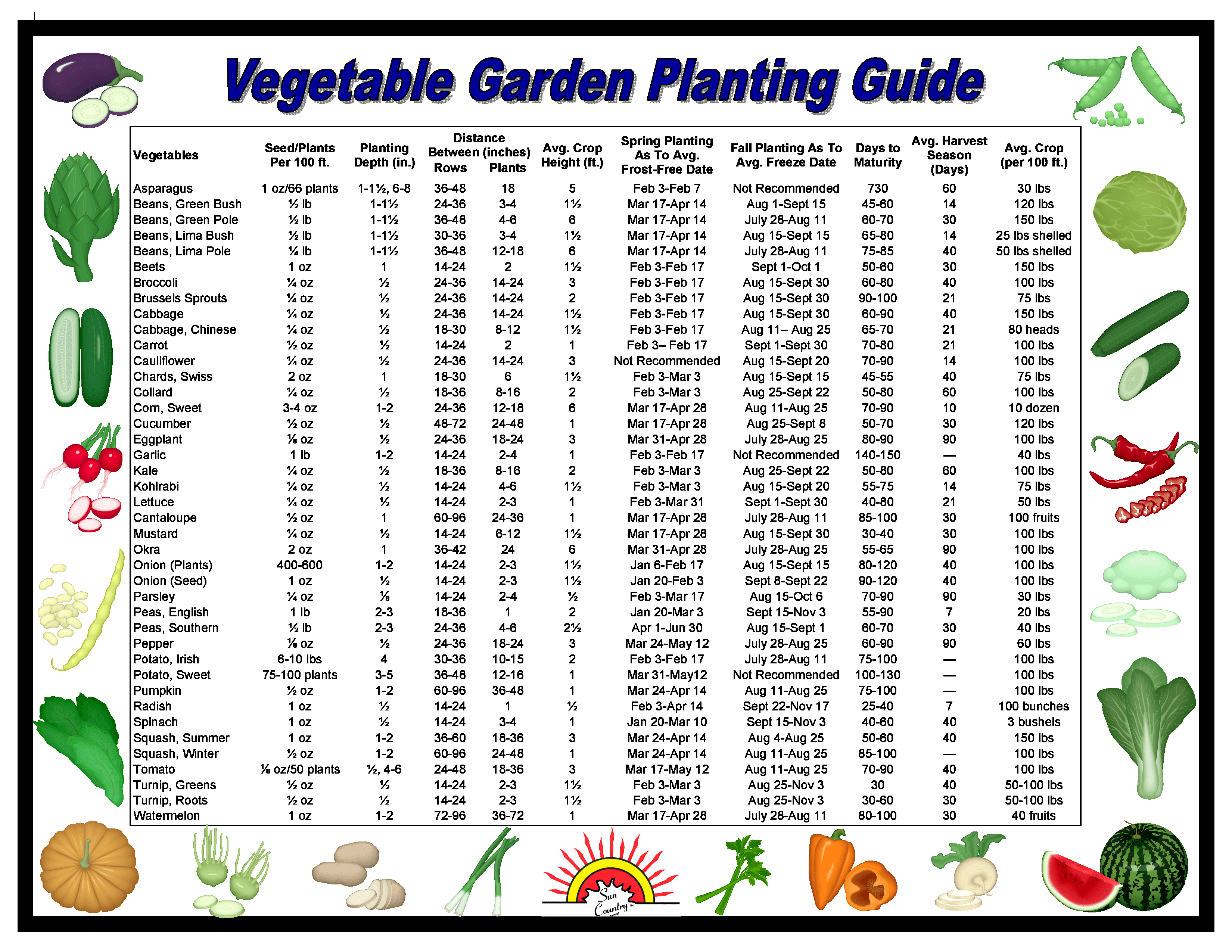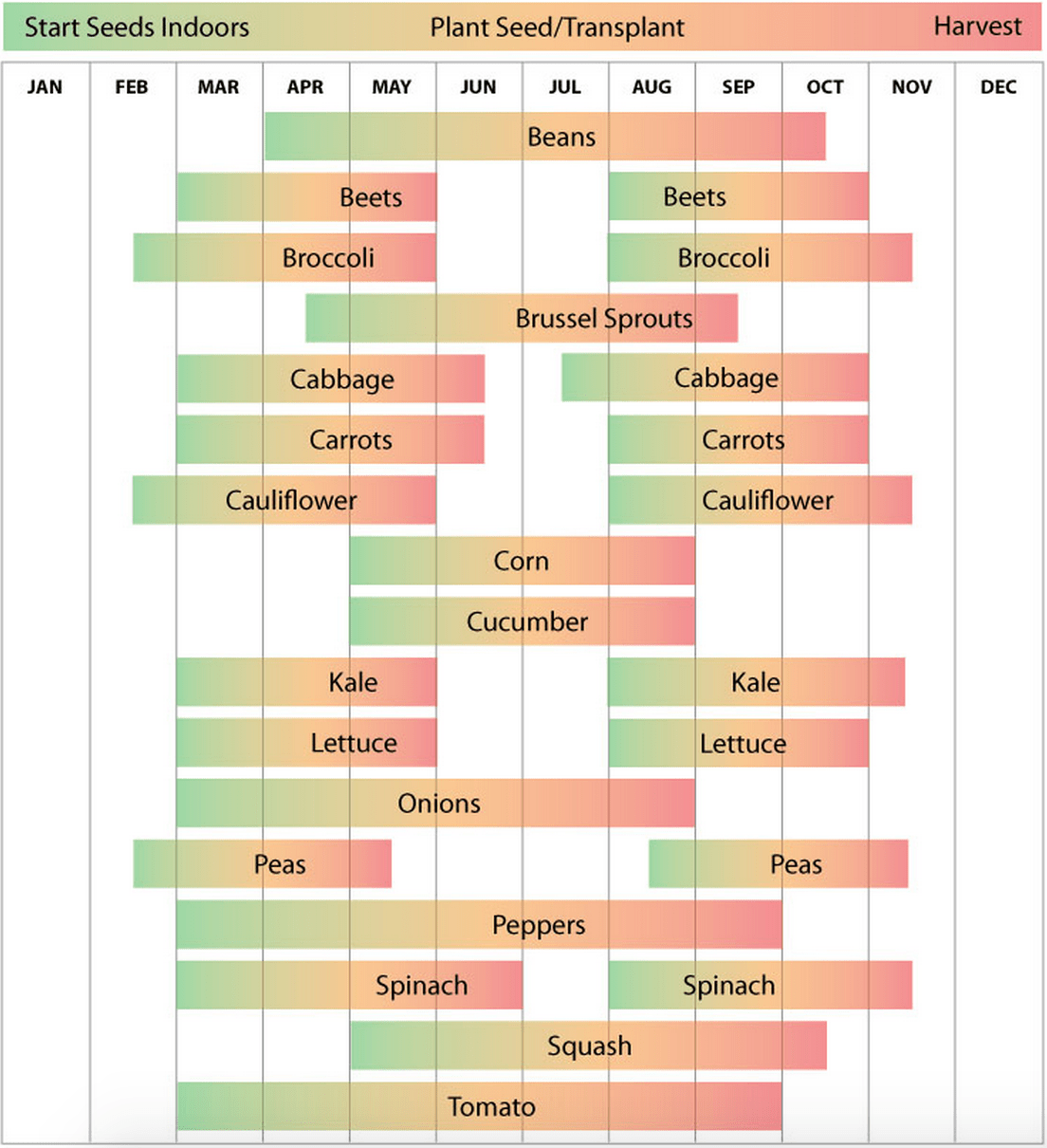Unearthing the Secrets: Your Guide to Planting Vegetables
Is your green thumb itching to get started? Dreaming of fresh tomatoes, crisp lettuce, and vibrant peppers straight from your backyard? One of the most common questions gardeners ask is, “When can I start planting vegetables?” The answer, like gardening itself, is a bit nuanced. It depends on your location, the specific vegetables you’re growing, and your local climate. Let's dig into the details and uncover the secrets to a successful planting schedule.
Understanding the ideal planting time is crucial for maximizing your vegetable garden’s potential. Planting too early can expose tender seedlings to damaging frosts, while planting too late can shorten your growing season and reduce yields. This guide will help you navigate the complexities of vegetable planting times, providing you with the information you need to cultivate a thriving garden.
For centuries, humans have been cultivating vegetables, carefully observing the seasons and learning the best times for sowing and harvesting. From ancient agricultural practices to modern-day gardening techniques, understanding the optimal planting window has always played a pivotal role in food production. The timing of vegetable planting is deeply intertwined with local climate conditions. Different regions experience varying temperatures, frost dates, and growing seasons, all of which influence the success of a vegetable garden.
The most significant challenge related to the timing of vegetable planting is understanding your specific climate and how it impacts different crops. Factors such as the average last spring frost date and the first fall frost date define the length of your growing season. Soil temperature is another critical factor, as seeds require a certain minimum temperature to germinate and grow successfully. Addressing these challenges involves researching your local climate data, understanding the specific needs of your chosen vegetables, and employing strategies like starting seeds indoors or using season extenders.
Before we delve into the specifics, let's define a few key terms. "Frost date" refers to the average date of the last spring frost or the first fall frost in your area. "Hardening off" is the process of gradually acclimating seedlings started indoors to outdoor conditions before transplanting them into the garden. "Growing season" refers to the period between the last spring frost and the first fall frost, when temperatures are suitable for plant growth.
One of the simplest ways to determine your vegetable planting schedule is to use the seed packet as your guide. Most seed packets provide valuable information about the ideal planting time based on your last frost date. Some vegetables, like peas and lettuce, are cool-season crops and can tolerate light frosts. Others, like tomatoes and peppers, are warm-season crops and require consistently warm temperatures to thrive.
To create an effective action plan for your vegetable garden, start by researching your local frost dates and average temperatures. Then, choose vegetables suited to your climate and growing season. Create a planting calendar, marking the ideal sowing and transplanting dates for each crop. Finally, gather your gardening supplies, including seeds, soil, and containers, and get ready to plant!
Advantages and Disadvantages of Starting Seeds Indoors
| Advantages | Disadvantages |
|---|---|
| Longer growing season | Requires extra space and equipment |
| Greater variety of plant choices | Risk of transplant shock |
| Head start on the growing season | Can be time-consuming |
Best Practices:
1. Know your frost dates.
2. Start seeds indoors for a longer growing season.
3. Harden off seedlings before transplanting.
4. Monitor soil temperature.
5. Choose the right vegetables for your climate.
Examples:
1. Plant peas and lettuce in early spring, a few weeks before the last frost.
2. Start tomatoes and peppers indoors 6-8 weeks before the last frost.
3. Sow squash and cucumbers directly in the ground after the last frost.
4. Plant cool-season greens like spinach and kale in the fall for a winter harvest.
5. Grow heat-loving crops like eggplant and melons during the hottest part of summer.
Challenges and Solutions:
1. Unexpected late frost: Protect plants with row covers or cloches.
2. Pests: Use natural pest control methods or introduce beneficial insects.
3. Diseases: Practice crop rotation and provide adequate air circulation.
4. Poor soil: Amend soil with compost or other organic matter.
5. Insufficient sunlight: Choose a sunny location for your garden.
FAQ:
1. When should I start tomato seeds indoors? 6-8 weeks before the last frost.
2. Can I plant vegetables directly in the ground? Yes, for many vegetables, direct sowing is possible.
3. What are cool-season vegetables? Vegetables that thrive in cooler temperatures.
4. What are warm-season vegetables? Vegetables that require warm temperatures.
5. How do I find my last frost date? Check online resources or contact your local extension office.
6. What is soil temperature, and why is it important? The temperature of the soil, which influences seed germination.
7. How do I harden off seedlings? Gradually acclimate seedlings to outdoor conditions.
8. What are some good resources for vegetable gardening information? Seed catalogs, gardening books, and online resources.
Tips and Tricks:
Use a soil thermometer to ensure the ground is warm enough for planting.
Start small and gradually expand your garden as you gain experience.
In conclusion, knowing when to plant vegetables is a critical aspect of successful gardening. By understanding your local climate, researching specific vegetable requirements, and following best practices, you can maximize your yields and enjoy a bountiful harvest. The benefits of a thriving vegetable garden extend far beyond the delicious fresh produce. Gardening connects us with nature, provides a sense of accomplishment, and promotes healthy eating habits. So, grab your gardening tools, get your hands dirty, and embark on the rewarding journey of growing your own food. Remember, the key to a successful vegetable garden lies in understanding the right time to plant. Happy gardening!
Unmasking the meaning exploring the phenomenon of carbonated water ski mask lyrics
Unlocking potential finding the perfect research topic
Aesthetic flower wallpaper iphone bloom your lock screen














